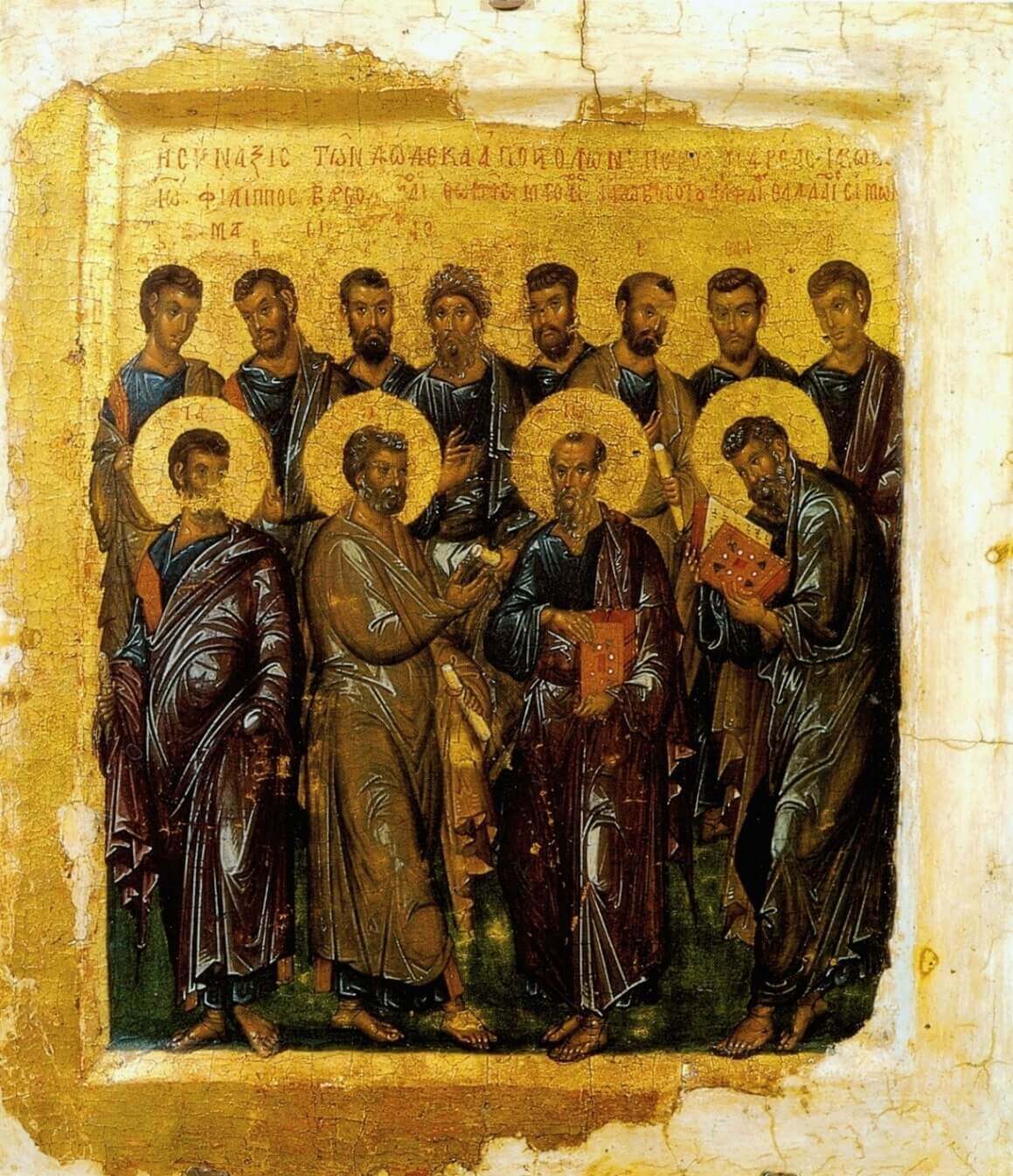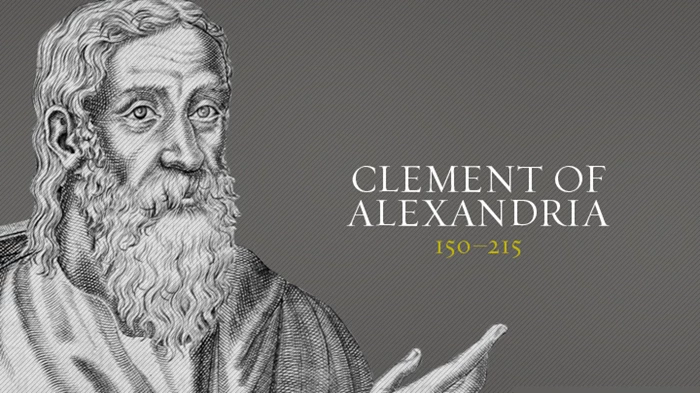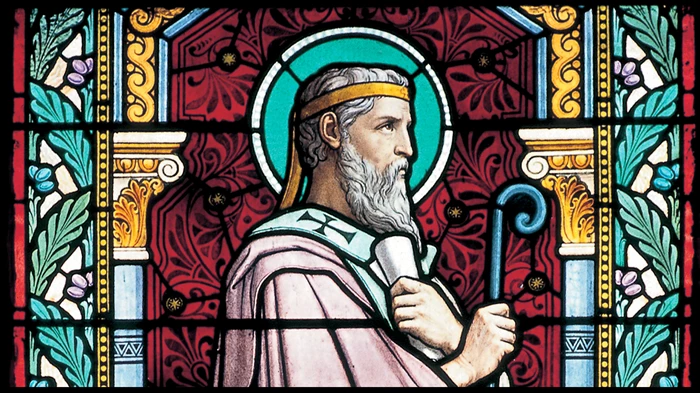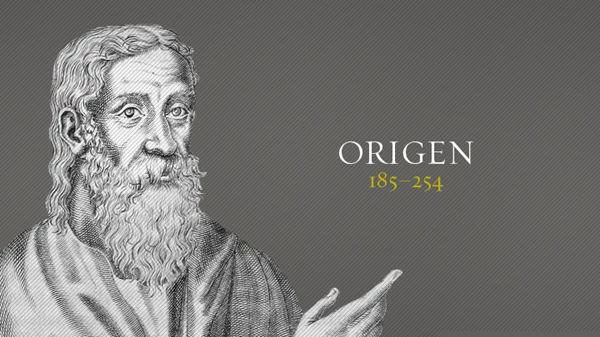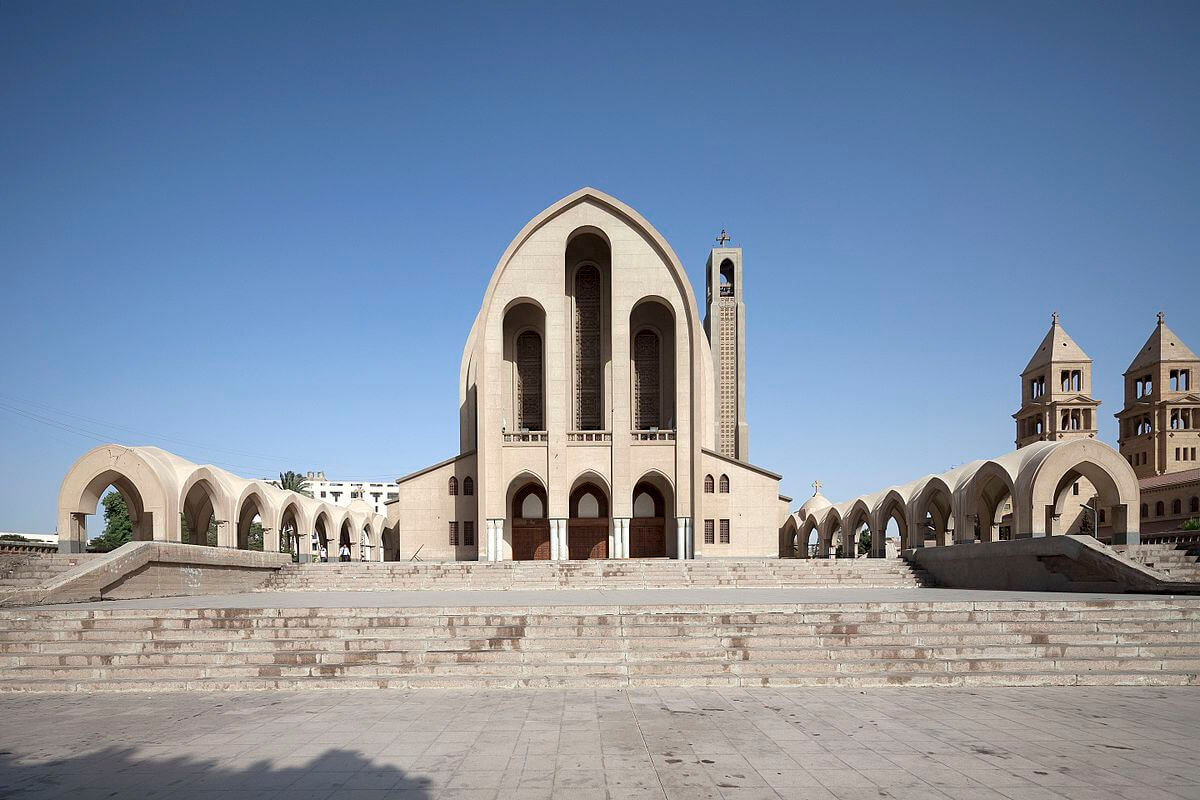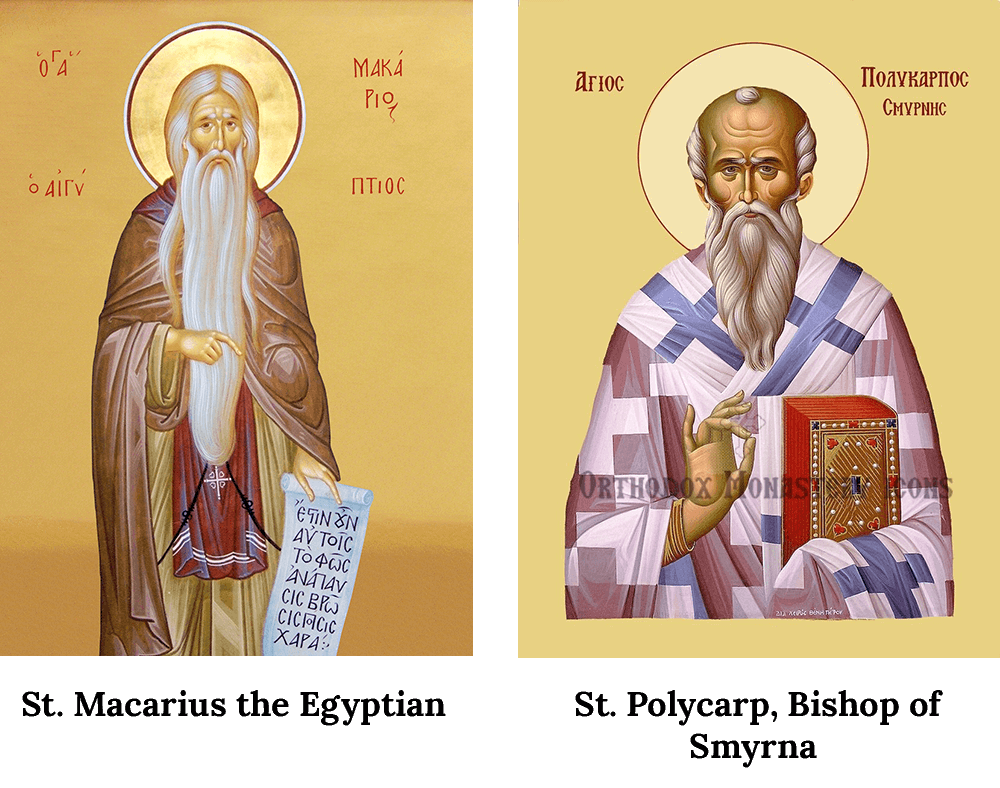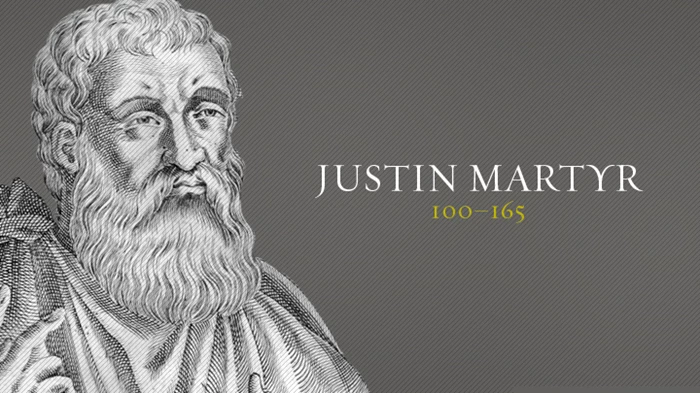Introduction: Context of the Didache
The Didache, or The Teaching of the (Twelve) Apostles, is considered one of the earliest and most important texts that help with understanding Christianity during the first and early second centuries. The content of the text reflects an early state of the church life, which might be traced back to the second half of the first century. The simplicity of prayers, the instructions on liturgy, and the continued existence of itinerant ministers confirm the possibility of this early state [1]. On the other hand, many scholars assert that the whole text has been edited into its final form during the first half of the second century. The document most probably reached its final form by date in between AD 80 and AD 120 or a maximum of AD 150 [2]. Egypt, Syria, and Palestine are considered possible places where the Didache originated, but it was most likely in Syria [3].
Archbishop Philotheos Bryennios discovered the first copy of the Didache in 1873 in the Holy Sepulcher Church of Constantinople [4]. This version of the Didache was not in a separate manuscript. It was found in the Codex Hierosolymitanus, which contained some other important ancient texts such as the Epistle of Barnabas, the full Greek text of the first and second Clement, and thirteen letters of Ignatius [5]. The famous German Lutheran historian Adolf von Harnack published one of the most well-known early translations of the Didache, with a commentary on the text, in 1884. This German translation helped spread the text among Western scholars [6].
Composition of the Didache
Scholars divide the Didache into 16 distinct chapters, and divide these chapters into three sections. These three sections are: the Two Ways teaching (chapters 1-6), instructions on liturgy and church order (chapters 7-15), and an eschatological section (chapter 16). However, to emphasize the importance of liturgy, some scholars, especially Coptic scholars, divide the second section (chapters 7-15) into two separate sections: liturgical (chapters 7-10) and church order (chapters 11-15).
The Didache in general represents a portrait of an early Jewish-Christian community. Jewish traditions and Christian beliefs were fused together to form the characteristics of this community. This “Jewish-Christian” fusion can be noticed in many aspects of this early Christian life. The Didache implicitly sheds light on this situation through its texts which deal with the different Christian ethics and practices.
Purpose of the Didache
Many scholars agree that the Didache is a composite text which has been developed into its final form by an editor, who is commonly known as the Didachist. The Didachist combined earlier sources, written and oral, to create a document for a specific purpose. It is widely accepted to assume that the final form of the Didache was intended to be used as a form of catechesis or a manual of Christian instruction. The analytical reading of the Didache asserts that in addition to the didactic purpose of the Didache, the Didachist aimed to present a text to his community that helps to standardize its Christian practices [7], in a way that accommodates the Jewish components into the Christian belief. In other words, the Didache can be considered a step towards institutionalization of the church in a way that expresses its Jewish-Christian identity. This purpose clearly appears through the different sections of the Didache as follows.
The Two Ways teaching (Did. 1-6)
The two ways in Did. 1-6 is an ethical teaching that depends on a widespread tradition. Certainly, this teaching, which explains the way of life and the way of death, is rooted in the Jewish tradition. It can be found in the texts of the Old Testament such as Jer 21: 8, Deu 30: 19, Ps 1, Ps 119: 29, 30, and in some apocryphal Jewish books such as Testament of Asher, 1 Enoch (91: 18-19, 94: 1-4), and The Book of Jubilees (7: 26). Also, the same teaching can be found in some other early Christian writings such as the Epistle of Barnabas, The Didascalia, The Apostolic Church Order, and the Life of Shenouta [8].
Likely, Did. 1-6 was used to provide catechesis prior to baptism (Did. 7: 1), which means that whoever wants to be a part of this Christian community must read this text first. The idea of catechesis prior to joining the Christian community (Did. 7: 1) can be compared to the Jewish idea which emphasizes on the necessity of reading The Community Rule[9] prior to the admission of new members into the Jewish community. Also, using the parental tone in the phrase “my child” in (Did. 3: 1, 3, 4, 5, 6, and 4: 1) reminds the reader of the Jewish Wisdom Tradition, and it might suggest replacing the Christian teacher in place of the Jewish Rabbi.
By putting the two ways of teaching as the first section of the Didache, the Didachist wanted to say that a new community exists here, and this new community has rules in order for people to be accepted in it. This is an example of what might be described as “rules for the community to standardize the required ethical concepts in this community”. In addition, the Didachist was careful to add a Christian section (Did. 1: 3 – 2: 1), most probably from the Gospel of Matthew or an oral tradition, to inlay this Jewish tradition (Did. 1- 6), or to Christianize it in order to be a good reflection of the Jewish-Christian identity of his community.
The Liturgical section (Did. 7-10)
This section is divided into three themes: Baptism (chapter 7), Fasts and Prayer (chapter 8), and the Eucharist (chapters 9-10). As mentioned before, the idea of catechesis prior to baptism per se (Did. 7: 1) can be compared to a similar Jewish idea. In addition, baptism in running water (Did. 7: 1) reminds the reader of the ritual washing in Judaism (tevilah). On the other hand, the Trinitarian formula of baptism (Did. 7: 1, 3) preserves its authenticity as a Christian practice.
It is noticeable that the text of baptism does not focus on any theological understanding of the meaning of baptism per se. It does not focus on repentance, the forgiveness of sins, or burial and resurrection with Christ. It only focuses on the baptismal instructions and rituals, such as the formula of baptism (Did. 7: 1), method of baptism (Did. 7: 2, 3), and the fast that precedes baptism (Did. 7: 4). This focus on baptismal instructions asserts that the Didachist wanted to set guidelines that standardize the practice of baptism per se rather than discussing any theological understanding behind it.
Concerning fasts and prayer (Did. 8), and according to the Didache, fasting one or two days before baptism is required from “the one baptizing and the one who is to be baptized” (Did. 7: 4). In general, fasting two days a week is required. The Didache replaces Wednesday and Friday instead of the Jewish Monday and Thursday fasts (Did. 8: 1). Concerning prayer, the Didache advises not to pray like the hypocrites, “instead, pray like this, just as the Lord commanded in his Gospel…” (Did. 8: 2). The Lord’s Prayer[10] should be repeated three times a day (Did. 8: 3), which identifies with the Jewish Tradition (Ps 55: 17, Dan 6: 10)[11]. In spite of these parallels with the Jewish tradition that exists in the instructions of fasts and prayer, this text (Did. 8) can be considered one of the most important in the Didache that distinguishes between Christian practices and Jewish traditions. In these instructions of fasts and prayer, it is obvious that the Didache tells us that a separate community exists, and this community has its own standards.
The Eucharist (Did. 9, 10) comes at the end of this liturgical section. The eucharistic prayer over the cup (Did. 9: 2) follows the Jewish meal prayer model (Toda/Todah)[12] by referring to “the holy vine of David”. Actually, the heart of this eucharistic text reflects a Davidic Christology[13] which illuminates the Jewish roots of Christianity. At the same time, it shows Jesus as the revealer of knowledge and the source of life (Did. 9: 2, 3). In this eucharistic text, the Didache presents a portrait of a Jewish-Christian community that celebrates God’s actions as made known through the revelatory work of Jesus[14], and there is no place in this celebration for any non-baptized person (Did. 9: 5). Moreover, it sheds light on this Jewish-Christian community as part of a wider community, which is the universal church (Did. 9: 4, 10: 5). At this point, it seems that the Didache wants to define this Jewish-Christian community, not only by placing guidelines that standardize its practices, but also by proclaiming its belonging to a wider universal church that believes in an eschatological destiny (Did. 10: 6), and this proclamation can add an additional weight to the whole text of the Didache.
Church Order section (Did. 11-15)
In this section, itinerant apostles and prophets appear alongside bishops and deacons elected by the community itself. Again, the Didache gives advices to organize and standardize the guidelines of the whole issue. It gives advices to discern the false prophet and, on the other hand, it encourages honoring the true or genuine prophet (Did. 11: 3-12, 13: 1-7). In addition, it encourages the congregations to appoint bishops and deacons for themselves, especially to serve the Eucharist on the Lord’s Day[15] (Did. 14: 1-3, 15: 1).
According to many scholars, the “church order” section (Did. 11-15) provides evidence of a “transitional period”[16] between “itinerant ministers” and “resident leadership”. Also, the text might indicate a tension between the Charismatic itinerant leaders and the local leadership.[17] Did. 15: 2 encourages the congregation to honor bishops and deacons “along with the prophets and teachers.” This advice[18] might refer to the Didachist’s desire to encourage Christians to preserve both the Charismatic itinerant leaders and the local hierarchical leadership together. It seems like the Didachist here wants to expand his standardized guidelines to include both kinds of leaders together. Actually, some scholars see the “itinerant apostles and prophets” in (Did. 11:3-12), as those Christians who are able to bear “the whole yoke of the Lord” in (Did. 6:2-3). Some studies argue that the origin of Syrian asceticism can be traced back to this tradition of the itinerant apostles and prophets[19].
Conclusion: the eschatological section (Did. 16)
The Didache concludes with an eschatological section. This section starts by advising “watch over your life” (Did. 16: 1), which reminds the reader of the way of life in the first section of the Didache. Then, it gives a brief explanation of the final events and the eschatological signs of the end of days. The Didache uses a warning eschatological tone to urge his reader to continue living in the way of life[20]. Axiomatically, by putting this eschatological warning at the end of the document, the Didachist wants to link it to these commandments and guidelines which were mentioned through the entire text of Didache. He wants to tell the reader that by choosing the Way of Life, one can be saved in the midst of the end of days. In this sense, the Didache’s Jewish-Christian community could be seen as a part of this victorious universal church that is waiting for the kingdom to come. Also, the Didache itself might be seen as a map that helps to standardize the practices of this community during its journey towards the meeting of the Lord on the clouds.
[1] Michael W. Holmes, The Apostolic Fathers: Greek Texts and English Translations, 3rd edition (Grand Rapids, Michigan: Baker Books, 1999), 337.
[2] Dale M. Coulter, “Introduction to Didache” YouTube. Online video, http://www.youtube.com/watch?v=m6j9jnbSOaU&feature=youtu.be (accessed 22, 26 January 2014).
[3] Michael W. Holmes, 337, 338.
[4] Clayton N. Jefford, Reading the Apostolic Fathers: A Student’s Introduction, Second Edition (Grand Rapids, Michigan: Baker Academic, 2012), 24.
[5] Ibid.
[6] Jonathan A. Draper, “The Apostolic Fathers: The Didache,” The Expository Times 117, no. 5 (2006), 177.
[7] Dale M. Coulter, “Introduction to Didache”.
[8] Michael W. Holmes, 335.
[9] The Community Rule, formerly was called Manual of Discipline, is one of the Jewish books which was found in the Dead Sea Scrolls.
[10] Most probably, it was taken from the Gospel of Matthew or an oral tradition.
[11] The traditional Jewish people must pray three times a day; Morning Prayer (Shacharit), Afternoon Prayer (minchah), and Evening Prayer (maariv).
[12] A Hebrew word means “thanksgiving”.
[13] Jonathan A. Draper, 180.
[14] itva H. Williams, “Social Memory and the Didache,” Biblical Theology Bulletin 36, no. 1 (Spring, 2006), 38.
[15] Part 15 uses the Greek conjunction (οὖν) which is translated “Therefore”. The use of “therefore” refers to a relation between parts 14 and 15. Obviously, part 14 focuses on the church meeting on the Lord’s Day and speaks about Eucharist. Consequently, part 15 advises the church to appoint bishops and deacons basically to serve the Eucharist on the Lord’s Day.
[16] Clayton N. Jefford, 30.
[17] Michael W. Holmes, 336.
[18] According to N. Jefford, this part (Did. 15: 1- 4) was added between AD 80 and AD 100, Clayton N. Jefford, 33.
[19] Jonathan A. Draper, “Weber, Theissen and Wandering Charismatics in the Didache,” Journal of Early Christian Studies 6, no. 4 (Winter, 1998), 545-548.
[20] This warning eschatological tone of the Didache is similar to that one used by the Shepherd of Hermas.


